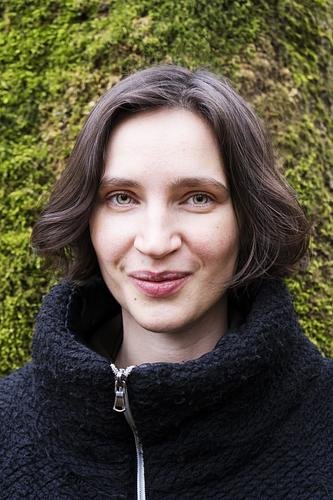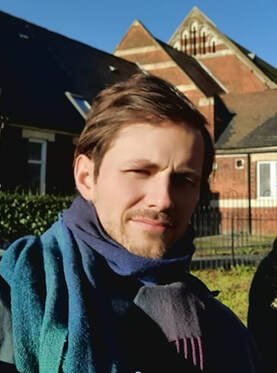amount awarded: $30,000
As we navigate our complex, dynamic environments, we need to keep track of the ever-changing boundaries between ourselves and our environments. To do this, we construct representations of ourselves at multiple levels: of our physical bodies as they interact with objects in the world, our goals as we navigate obstacles to bring about events in the world, our social identities as we simultaneously emulate and differentiate ourselves from our peers. Although self-representations can be loosely separated into levels, these levels are tightly interacting: for example, physical objects like clothing are often included in our self-representations because of their role in our social identities. A key challenge in the science of the self is how to integrate these levels within empirical frameworks in order to examine the complex interactions between them.
Our project is uniquely designed to test the first multileveled architecture of the self in the human brain. We will revise the traditional empirical segregation of levels of self-processing and integrate a large philosophical corpus of work that characterizes its multileveled architecture. Towards this aim, we introduce two paradigms that selectively elicit self-representations at progressively higher levels of spatiotemporal abstraction: (a) concrete, action-based, (b) intermediate, intention-based, and (c) abstract, trait-based self-representations. We will use functional brain imaging (fMRI) and neuromodulation (TMS) to identify neural circuitry implicated, and co-active, at these levels that vary in spatiotemporal abstraction. The first aim seeks to identify the neural bases for the different kinds of self-representations targeted by our paradigms. The second aim seeks to identify interactions between these levels using functional connectivity and behavioral measures in our respective paradigms. In the third aim, we will downregulate neural activity for abstract, trait-based self-representation (posterior cingulate cortex) and concrete self-processing (inferior parietal lobule) using TMS and assess behavioral changes during concrete, action-based processing of the self. Thus, we will assess potential causal interactions between levels of the self. These results could have broader implications for clinical research by providing experimental approaches to probe breakdowns between self-representations at different levels, implicated in a variety of psychopathologies.
Steve Fleming, PhD. Professor, Department of Experimental Psychology, University College London
Marco Iacoboni, PhD. Professor-in-Residence, Department of Psychiatry and Biobehavioral Sciences, University of California, Los Angeles
Akila Kadambi, PhD. Postdoctoral Scholar, Department of Psychiatry and Biobehavioral Sciences, University of California, Los Angeles
Aliya Dewey, PhD Candidate, Department of Philosophy, University of Arizona
Eric Hochstein, PhD. Associate Professor, Department of Philosophy, University of Victoria
Urte Laukaityte, PhD Candidate, Department of Philosophy, University of California, Berkeley
Wes Skolits, PhD. Postdoctoral Scholar, Department of Philosophy, Rutgers University
Laura Kaltwasser, PhD. Postdoctoral Scholar, Berlin School of Mind and Brain, Homboldt University of Berlin
George Deane, PhD. Postdoctoral Scholar, Department of Philosophy, University of Montreal








